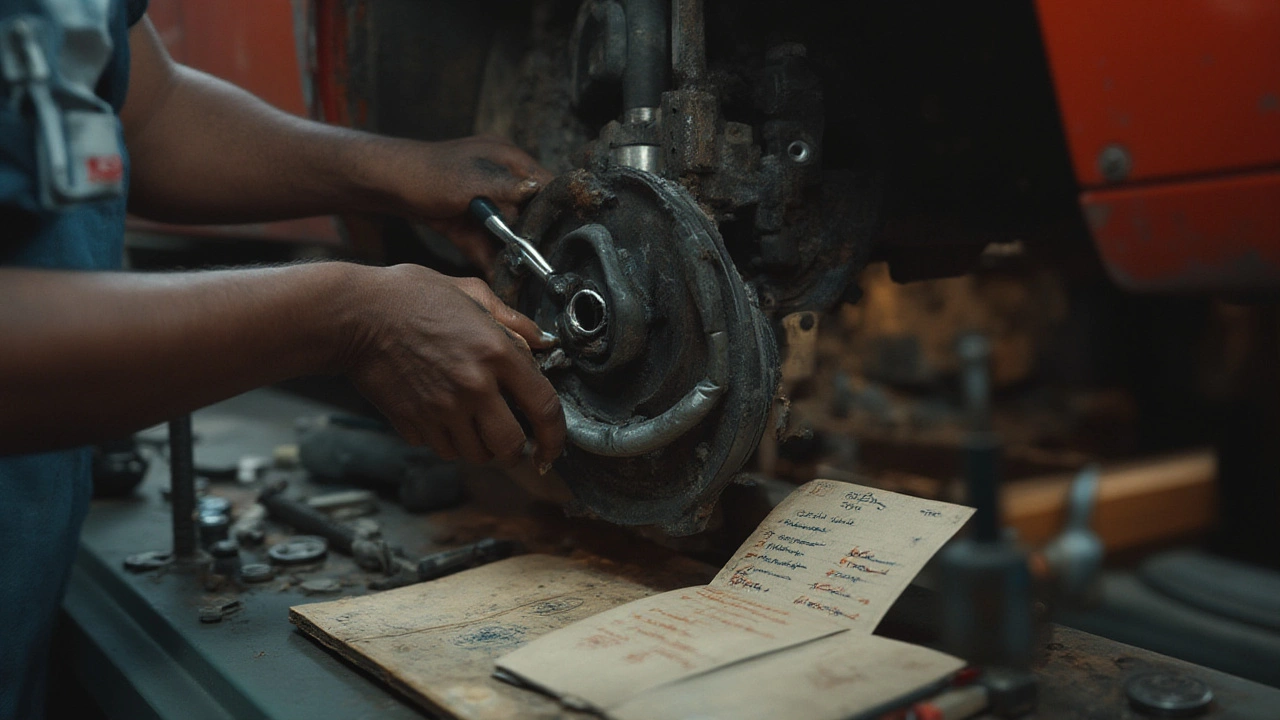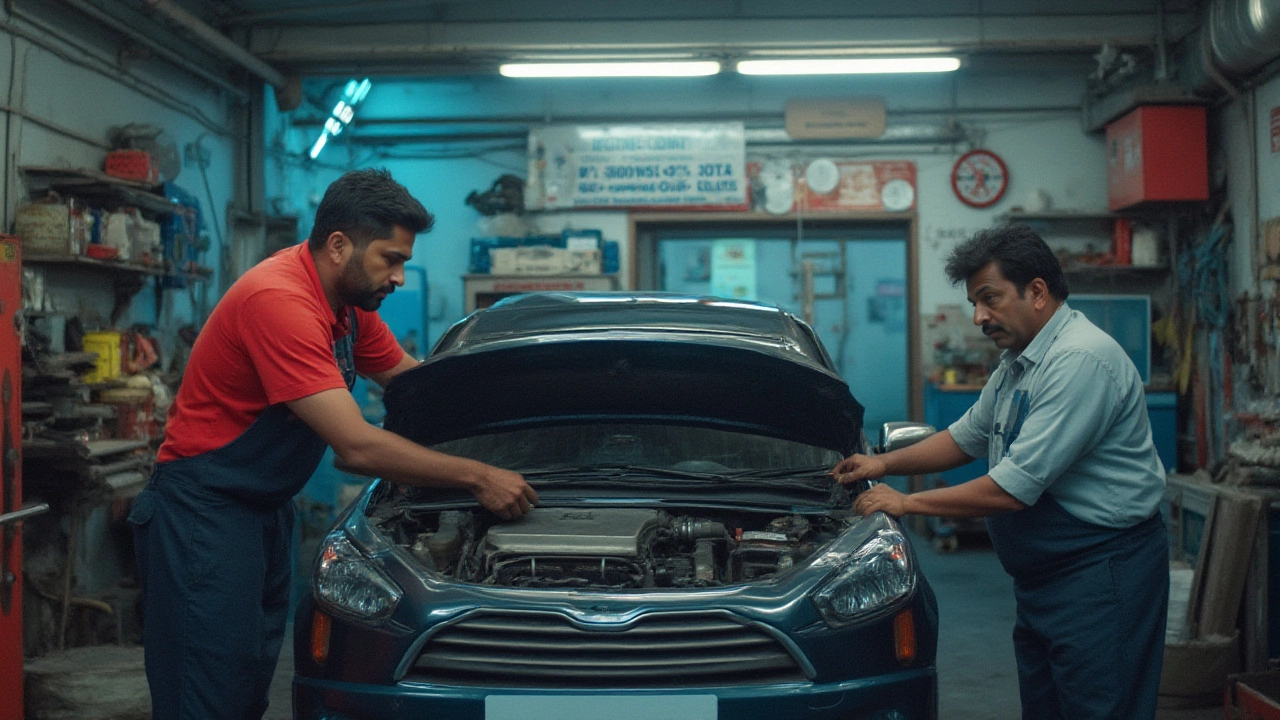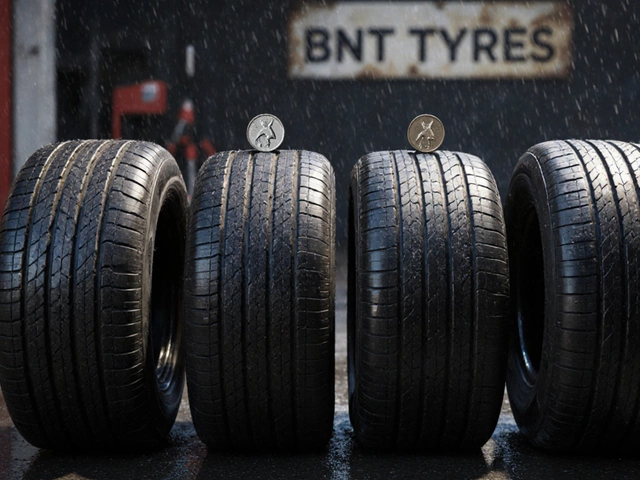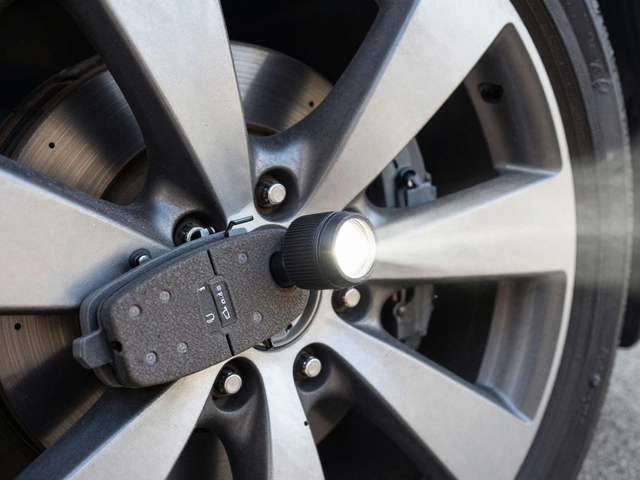If you've ever driven a car with a manual transmission, chances are, at some point, you've heard the dreaded phrase: "It needs a new clutch." That's the kind of news that makes your wallet wince. But as nasty as that repair bill can be, understanding clutch replacement time can help you avoid being stuck without a car longer than you need—or worse, being overcharged. So what’s the real story? Don’t let the myths float around your mate’s barbecue table fool you; there’s a lot more to it than just the number on a mechanic’s invoice.
Breaking Down the Real Time Needed for a Clutch Kit Replacement
The question “How many hours does it take to replace a clutch kit?” sounds simple, but the reality is anything but. For most cars built after the mid-90s, you’re usually looking at a range between four and eight hours of proper mechanical work. Some experienced techs can blitz through a small hatchback in under three hours. On the other hand, if you drive something like a diesel 4WD ute or a European sports coupe, that stopwatch could edge heavenward—sometimes pushing 10 hours, especially if the subframe has to come off.
Vehicles with rear-wheel drive tend to be a whole lot faster to work on, since the gearbox drops out easily from underneath. Front-wheel drives require more effort; you’ve got to wrestle with stubborn engine mounts, steering components, even the driveshafts. Modern cars come with all kinds of tight packaging, complex electronics, and plastic engine covers that need to be delicately unplugged before you get anywhere near the clutch plate. That’s before you even talk rusted bolts or stripped threads—things that’ll stretch the clock further.
Here’s a look at some estimated averages mechanics report for popular models:
| Make/Model | Average Time (Hours) |
|---|---|
| Toyota Corolla (Manual) | 4-5 |
| Ford Ranger PX (Diesel Manual) | 8-10 |
| Subaru WRX | 6-8 |
| Mazda 3 (Manual) | 5-7 |
| Holden Commodore (V6 Manual) | 4-6 |
Keep in mind, these numbers are just averages. If you’ve got a garage wizard who’s been pulling gearboxes since they could walk, you’ll see faster times. But for most of us, you’re at the mercy of experience, equipment, and whatever quirks your car hides under the hood.
The Real Factors That Affect Clutch Replacement Time
One of the toughest things about estimating this job is how many factors tip the clock. First, there’s the design of your car. Some builders seemed to think no one would ever actually need to work on the thing. Take the Mini Cooper—the transmission and engine are packed together like sardines, leaving barely enough space to swing a ratchet. Even with a lift and air tools, clutch jobs on those take real practice.
Rust and age play a big part, especially in coastal places like Adelaide where the salt can struggle with metal. Seized bolts are a mechanic’s worst nightmare, and sometimes the time required to just free one component adds an extra hour or two. Then there’s aftermarket add-ons. If you’ve fitted a lift kit, high-performance clutch, or you’ve still got mud from last year’s camping trip caked to the undercarriage, your repair time could easily balloon.
Tooling and workshop resources matter, too. At home, on basic jack stands and in tight quarters, even a seasoned wrencher will take twice as long as a pro shop equipped with a hoist, air guns, and an extra set of hands. That’s why the average Aussie saving on labour by DIYing should clear their schedule for the day—and maybe warn the neighbours in advance if there’s swearing involved.
Let’s not forget parts availability. Sometimes, you open up the car and find worn bearings, chewed flywheels, or leaking gearbox seals. If parts need ordering, you’re stuck, and your car isn’t moving until they rock up. Some local shops keep basics in stock, but anything odd or rare can easily add days, blowing up your initial timeline.

DIY or Mechanic: Which Is Faster and Smarter?
Every time a mate asks, “Should I just do it myself?” I can’t help but groan. Replacing a clutch kit isn’t the kind of afternoon project you knock over while the snags are sizzling. Sure, replacing the kit technically means removing the gearbox, swapping out the clutch disc, pressure plate, and sometimes the flywheel or throwout bearing, and putting it all back together. But that’s like saying running a marathon is “just putting one foot in front of the other.”
DIYers routinely take twice as long, even with some experience. You’ll hit frozen bolts, parts that refuse to separate, or things that won’t line up. And if you muck up the reassembly—even a tiny misalignment—the car’ll shudder, chatter, or not shift at all. Finneas, my seven-year-old, once helpfully pointed out I’d bolted something on backwards. (He was right, the little legend.)
On the safety front, clutch jobs mean crawling under a car with heavy parts above your head. That’s risky. If you’re set on attempting it, minimum kit: heavy-duty jack stands, a gearbox jack or lift, the official service manual for your vehicle, and a spare set of hands. If you want the peace of mind the job’s done right the first time, fork out for a reputable mechanic; they’ve got the proper alignment tools and know the tricks to dodge common dramas.
One surprising tip: If you book in at smaller shops or in rural towns around SA, wait times can stretch out. Mechanics often juggle farm utes, tradie vans, and weekend racers all at once. If you’re planning a big trip—say, a haul over to Port Lincoln—make sure you schedule well in advance or you might be stuck riding shotgun in someone else’s ute for a week.
Saving Time and Money on a Clutch Kit Replacement
Alright, here’s where things get interesting. If you want to minimise both downtime and the dent in your wallet, you need to get smart. First, plan for surprises—budget a little extra time (and money) in case the job reveals a worn flywheel or a leaky oil seal. Ask your mechanic up front if they inspect these as part of the quote.
An absolute game changer: supply the correct parts ahead of time. There are horror stories out there—wrong kits supplied, mismatched bearings, or off-brand parts that don’t fit straight out of the box. Ask your workshop for the proper part numbers before you order anything online, and lay the parts out for checking before the mechanic starts wrenching.
- Book around mid-week. Mondays and Fridays are often hectic for workshops, so if you want a quick turnaround, shoot for Tuesday or Wednesday.
- If possible, deliver a clean car. Clutches don’t like sand, mud, or leaking fluids, and neither do the blokes working underneath it.
- Keep your phone handy when the car’s in the shop. If your mechanic rings about a surprise find, having fast approval can mean the difference between picking your car up that afternoon or getting it the next day.
- Always ask for the removed parts back. If the old clutch disc looks fine, you’ve got a solid reason to question a big bill, or at least you get a souvenir for your garage wall.
- If you’re going for performance upgrades, ask if a new flywheel or heavy-duty clutch is worth the extra time and money—sometimes the extra labour is negligible if you’re doing it already.
Here are a few everyday scenarios for the Adelaide driver: You’ve got a basic hatch (say, a Mazda 2) and you book into a busy shop. The realistic time before you’re back on the road? Drop off in the morning, pick up after work if everything’s smooth. But for trickier cars, or ones with a century worth of outback dust underneath, brace for a two-day turnaround. And mates with anything older than 1995, consider yourself lucky if you drive away within 24 hours—the spanner dance gets a lot trickier with age.
So, if you’re weighing up whether your clutch kit replacement will take half your day or steal your whole week, don’t just think about hours in the workshop. Factor in the human stuff: workshop schedules, unforeseen headaches, parts delays, and your own luck with bolts and bushings. Clutch jobs might not be glamorous, but when you get it right—and on time—you’re back in the driver’s seat, ready to tackle whatever comes your way on SA’s open roads.




